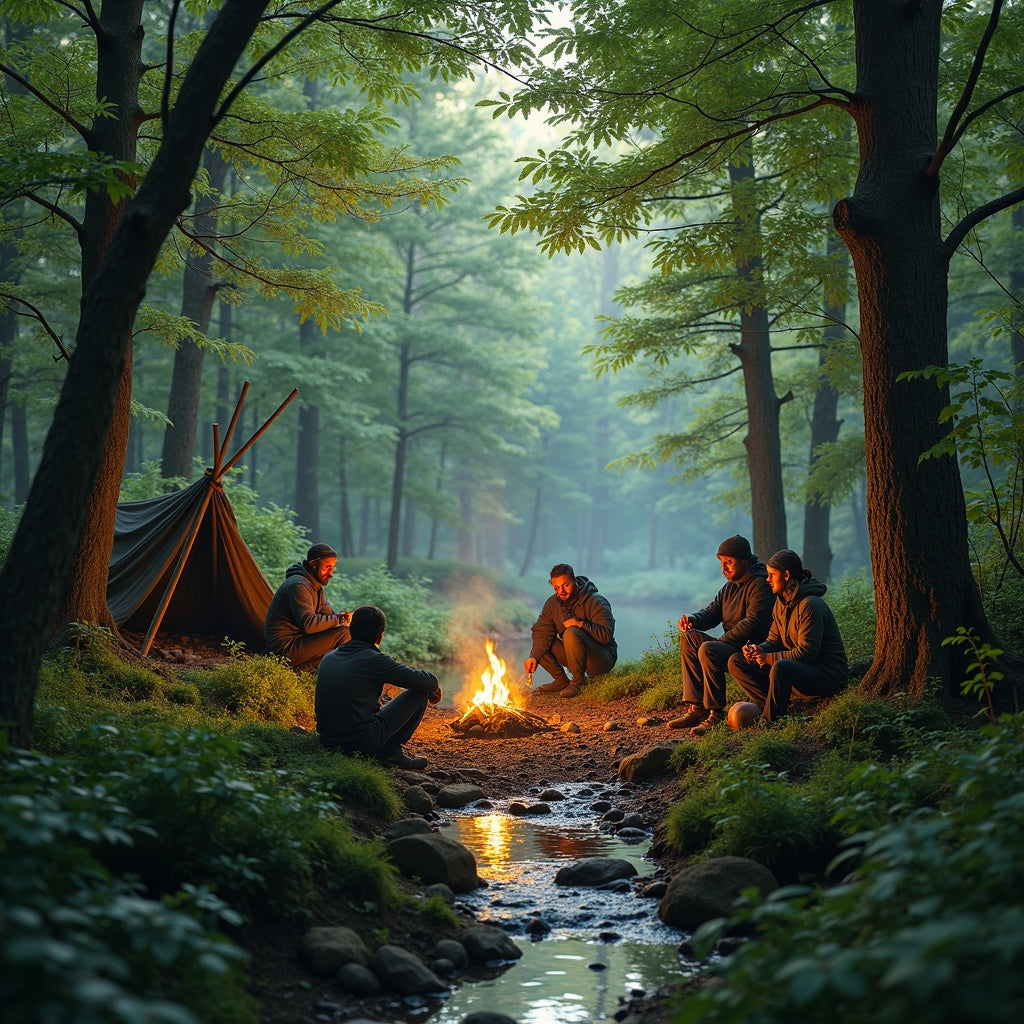Hiking is not just about conquering trails; it's also about embracing the natural world that surrounds you. One of the most enchanting aspects of hiking is the opportunity to connect with wildlife in its native habitat. In this blog post, we'll explore the harmonious connection between hiking and wildlife, and how you can make the most of it.
Respectful Observation
When you venture into the wilderness on a hike, you enter the domain of countless creatures. From the tiniest insects to majestic mammals, the natural world is bustling with life. As a hiker, it's essential to approach this environment with respect and mindfulness.
Wildlife observation should always be done at a safe distance to avoid disturbing animals or putting yourself in harm's way. Binoculars or a zoom lens on your camera can be valuable tools for close-up views while maintaining a safe distance.
Birdwatching Bliss
Birdwatching is one of the most accessible ways to engage with wildlife during a hike. Many bird species thrive in various ecosystems, and avid birdwatchers often identify and document different species they encounter on the trails.
Before your hike, consider bringing a bird field guide or a bird identification app. Listen for distinctive calls and songs, and be patient while waiting for these feathered friends to reveal themselves. You'll be amazed at the diversity of birdlife you can encounter.
Tracking and Signs
Sometimes, you may not see wildlife directly, but their presence can be detected through tracks, scat, and other signs. Learning to identify these clues can add a layer of excitement to your hikes as you piece together the stories of the animals that passed by.
Carry a pocket guide on animal tracks and signs to help you decipher the mysteries of the forest floor. Keep your eyes peeled for fresh tracks in mud or snow, or the remnants of a meal left behind by a predator.
Wildlife Photography
Photography is an excellent way to document your wildlife encounters and share the beauty of nature with others. However, it's crucial to remember that ethical wildlife photography prioritizes the well-being of the animals and their environment.
Always maintain a safe distance from wildlife and use long lenses to capture close-up shots. Avoid disrupting animals during sensitive times like nesting or feeding. Your photographs can serve as a lasting memory of your hiking adventures and promote conservation awareness.
Leave No Trace
As a responsible hiker, it's vital to follow Leave No Trace principles to minimize your impact on the environment and wildlife. Carry out all trash, respect trail closures, and stay on designated paths to protect fragile ecosystems.
Additionally, avoid feeding wildlife. Feeding animals can disrupt their natural behaviors and create dependence on humans for food, which can lead to negative consequences for both the animals and hikers.
In conclusion, hiking and wildlife are intertwined, offering a unique opportunity to connect with the natural world. As you explore the trails, approach wildlife encounters with reverence, observation, and responsible practices. By doing so, you can enjoy the harmony of hiking in the wild while preserving and protecting the incredible diversity of life that calls these environments home.
Remember, it's not just about the destination; it's about the journey and the wondrous encounters you have along the way. Happy hiking, and may your adventures in nature be filled with unforgettable wildlife moments!






